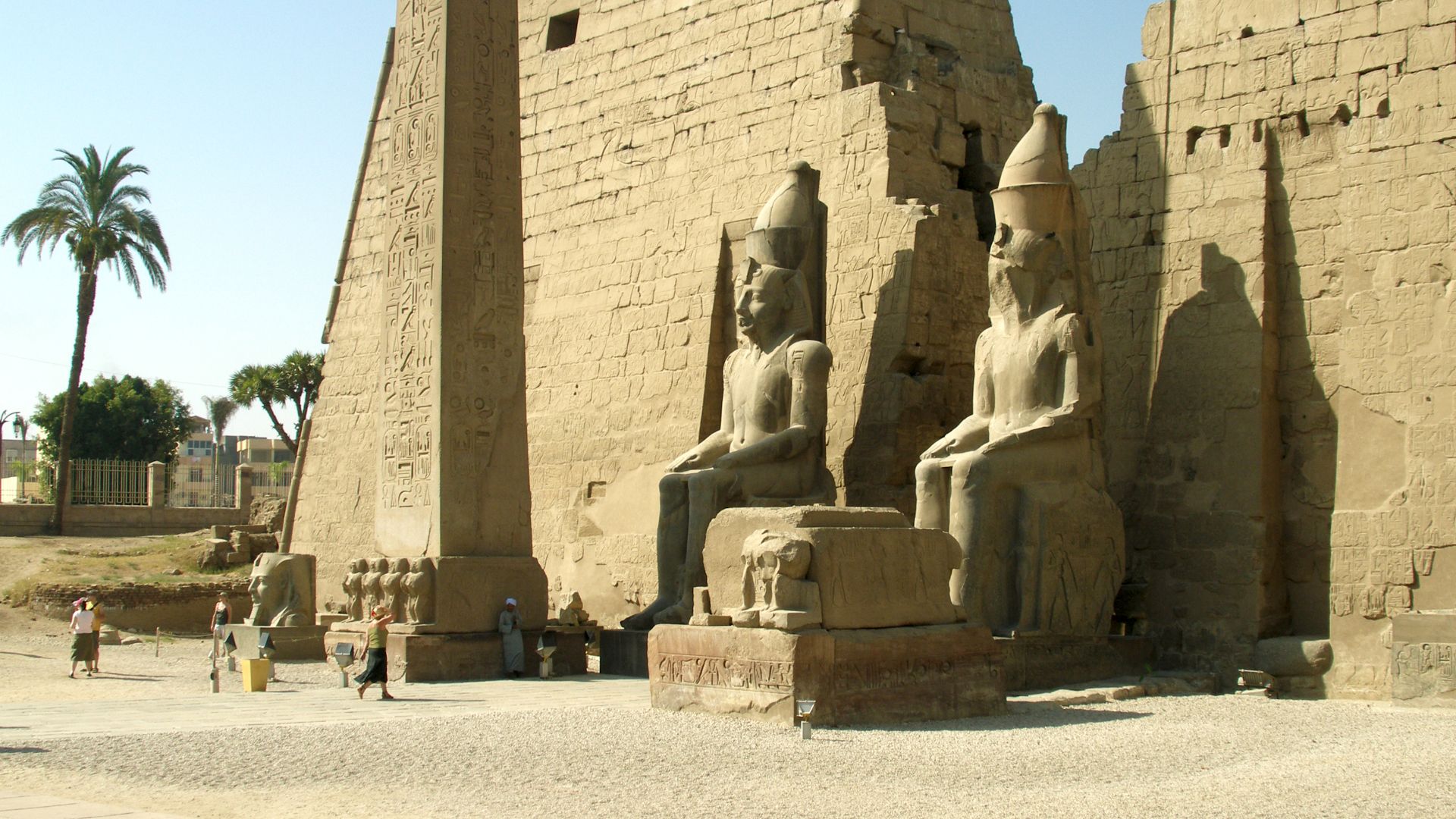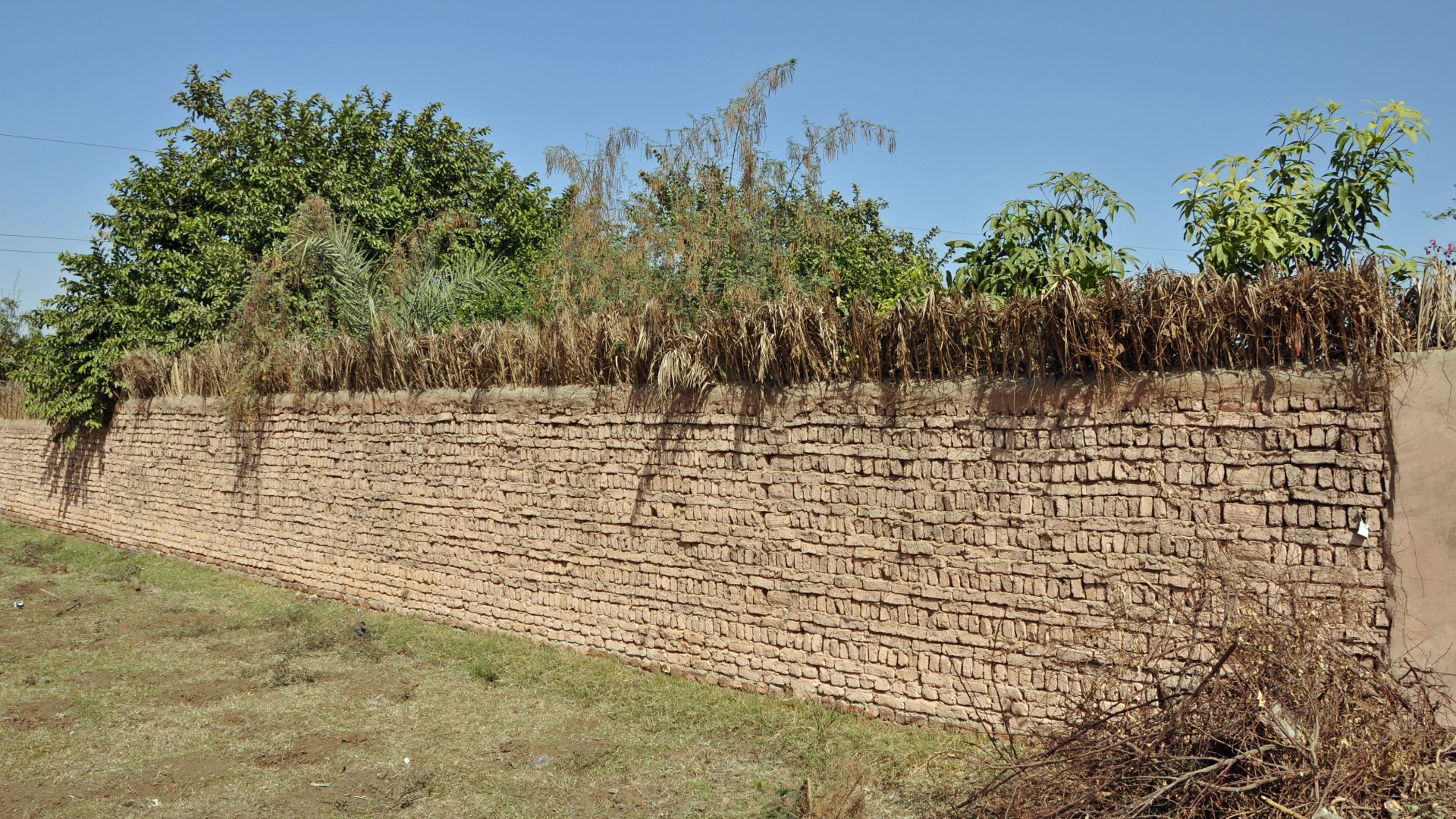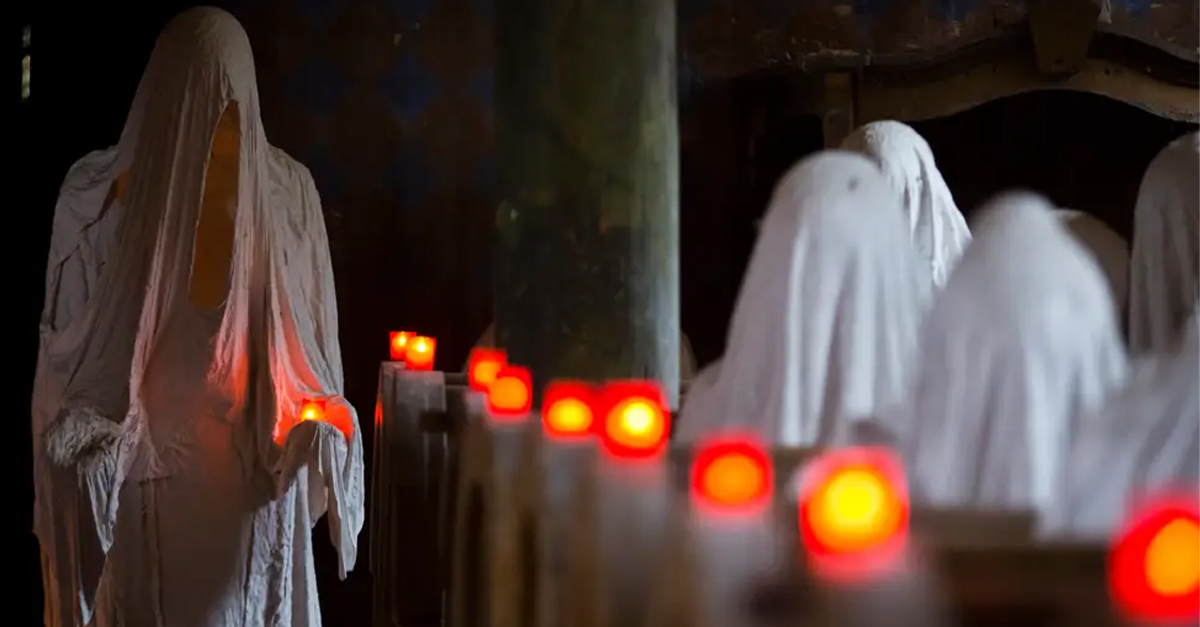 Idin Ebrahimi, Unsplash, Modified
Idin Ebrahimi, Unsplash, Modified
Imagine this: you’re following an archaeological team across the west bank of the Nile at Luxor. The air tastes dry with dust, grainy beneath your boots. On your left, massive mud-brick walls rise in a saw-toothed zigzag, casting bold shadows in the afternoon sun. You pause. Then realize you’re not in a tomb—you’re in a city untouched for millennia.
Keep reading to step three thousand years into the past and uncover how one of Egypt’s greatest rulers built his empire—and how another let it crumble.
The Golden City Uncovered
Archaeologists discovered a large settlement near Luxor dating to the reign of Amenhotep III (circa 1391–1353 BCE), the pharaoh known for ushering in one of Egypt’s most prosperous and artistically wealthy eras.
This find reveals a sprawling urban complex. You’re reading that correctly—houses, bakeries, production areas—rooms filled with everyday objects. Such a find adds real depth to our understanding of how ancient Egyptians lived during their empire’s peak.
Why The Zigzagging Mudbrick Walls Matter
The site features distinctive “zigzag” style enclosure walls around the city. Those angular walls likely served a dual purpose: defense and delineation of neighborhoods. Once you imagine walking beside them, you get a sense of the scale and organization of the place.
Built By Amenhotep III, Abandoned By Akhenaten
The city was founded under Amenhotep III, but it was later left behind when Akhenaten shifted the capital to Amarna. This transition marks one of the most radical changes in Egypt’s religious and political history. The abandonment of the city reflects sweeping upheaval in faith, power, and governance.
 Vyacheslav Argenberg, Wikimedia Commons
Vyacheslav Argenberg, Wikimedia Commons
Life In The City: Production, Administration, Daily Hustle
Finds include mud-bricks stamped with Amenhotep’s seal, pottery shards, baked-goods ovens, and worn tools. These everyday items paint a vivid picture: people living, working, eating, sleeping in what was once a royal industrial hub. It’s a rare window into the everyday rather than just the elite or ritual.
Ready For A Field Trip?
If you ever travel to Egypt, book time on Luxor’s west bank—the land where history still whispers through the sand. Walk where the mud-brick walls towered, where ovens cooled, where the golden age flickered and then faltered. Take in the textures: the rough bricks, the carved seals, the scent of dust warming under the sun, the setting light spilling over ancient rooftops. Because when you stand there, you feel history beneath your feet. Marc Ryckaert (MJJR), Wikimedia Commons
Marc Ryckaert (MJJR), Wikimedia Commons








